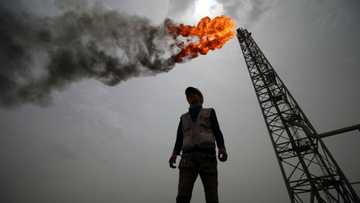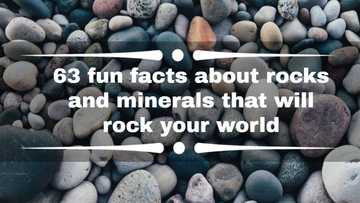Uses of air in our daily life: Its importance and functions
Air is essential for life on earth. Without it, we would all not exist. Besides breathing it in for survival, there are many other uses of air. Therefore, humans must be conscious of the environment and avoid engaging in activities that pollute the air.
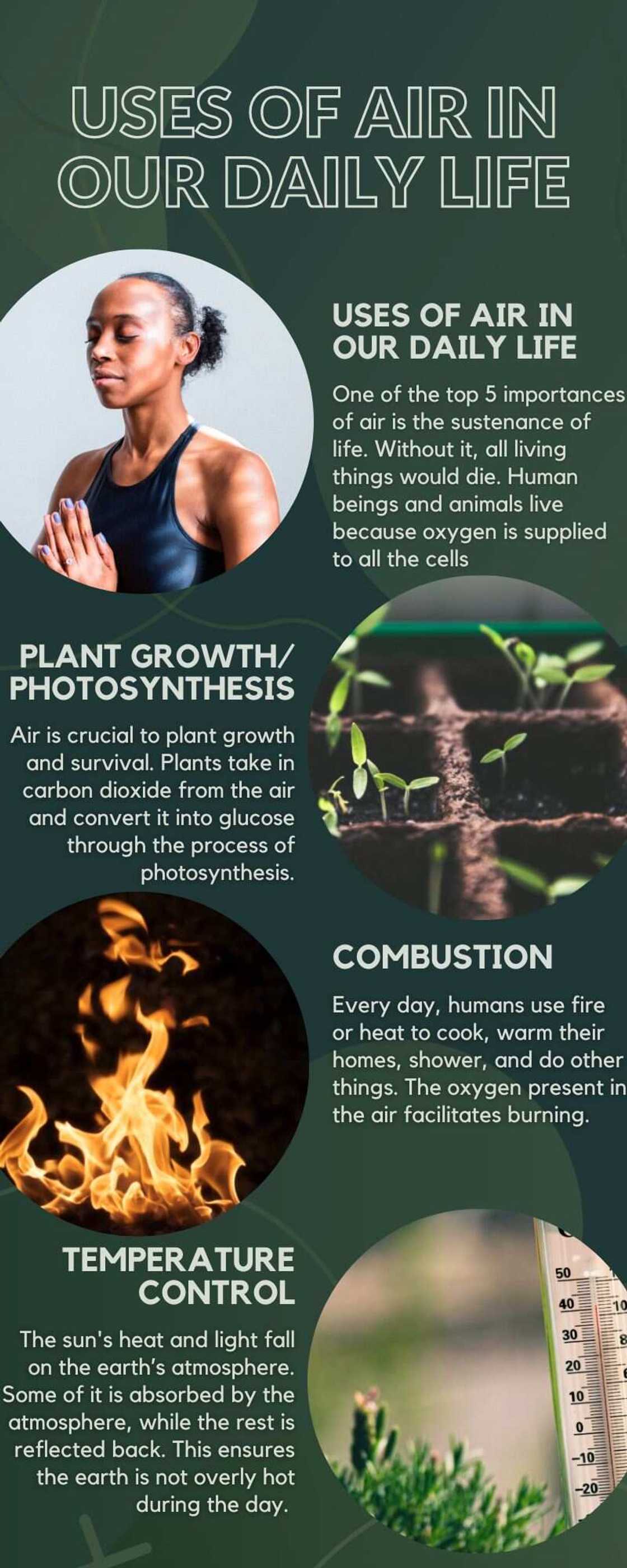
Source: UGC
Air is found in the atmosphere and comprises various gases in different percentages. Human beings only use a fraction of what they breathe in. Explore other uses of air in this article.
Top 15 uses of air
Air is an invisible form of matter that flows freely and is in a gaseous state. It comprises the following gases in different proportions.
- Oxygen - 20.95%
- Carbon dioxide - 0.040%
- Nitrogen - 78.08%
- Argon - 0.93%
- Neon - 0.0018%
- Helium - 0.0005%
- Krypton - 0.0001%
- Xenon - 0.0000087%
- Hydrogen - 0.00005%
There are numerous uses of air in our daily lives. Discover the uses of air for kids and adults today.
1. Sustenance of human and animal life

Source: UGC
Did you know permanent brain damage begins after about four minutes without oxygen, and death can happen between four to six minutes later?
One of the top 5 importances of air is the sustenance of life. Without it, all living things would die. Human beings and animals live because oxygen is supplied to all the cells.
2. Plant growth/ photosynthesis
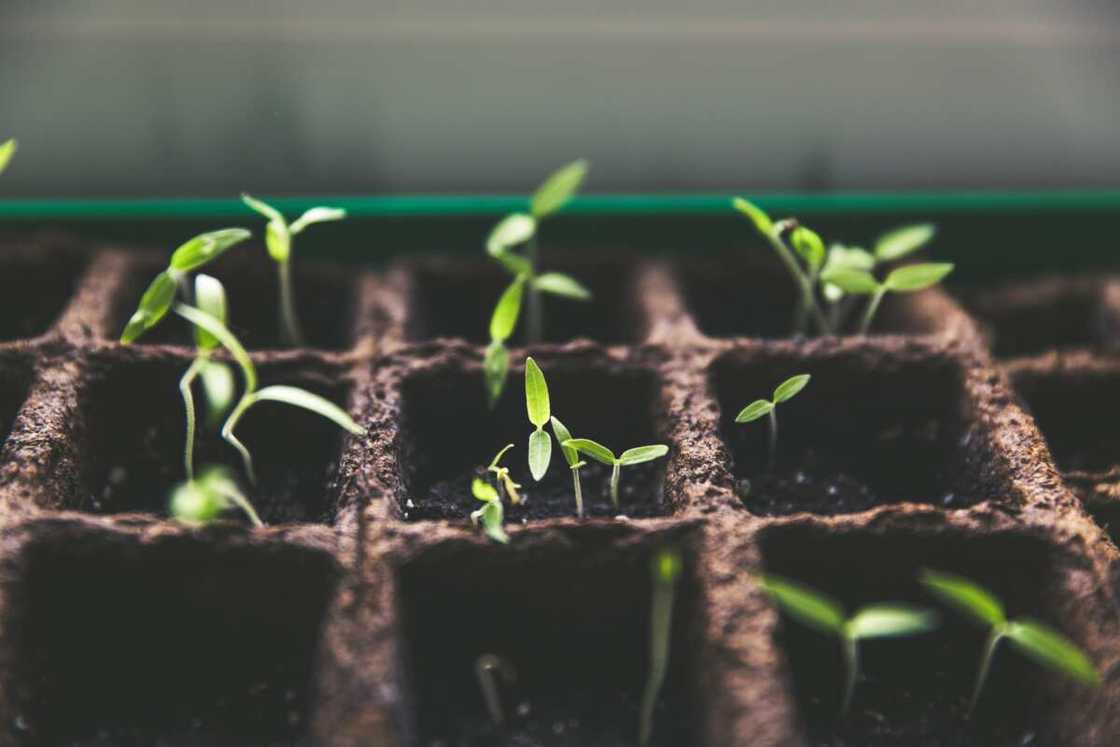
Source: UGC
Air is crucial to plant growth and survival. Plants take in carbon dioxide from the air and convert it into glucose through the process of photosynthesis. Sunlight is needed to power this process. Without it, plants would not be able to synthesise glucose, causing death.
In addition, nitrogen gas from the air is essential for plant growth. Plants take in nitrogen directly from the air or soil.
3. Combustion

Source: UGC
Every day, humans use fire or heat to cook, warm their homes, shower, and do other things. The oxygen present in the air facilitates burning.
The nitrogen in the air reduces the activity of oxygen. If the percentage of oxygen were more than 20.95%, even small fires would become explosions
4. Temperature control
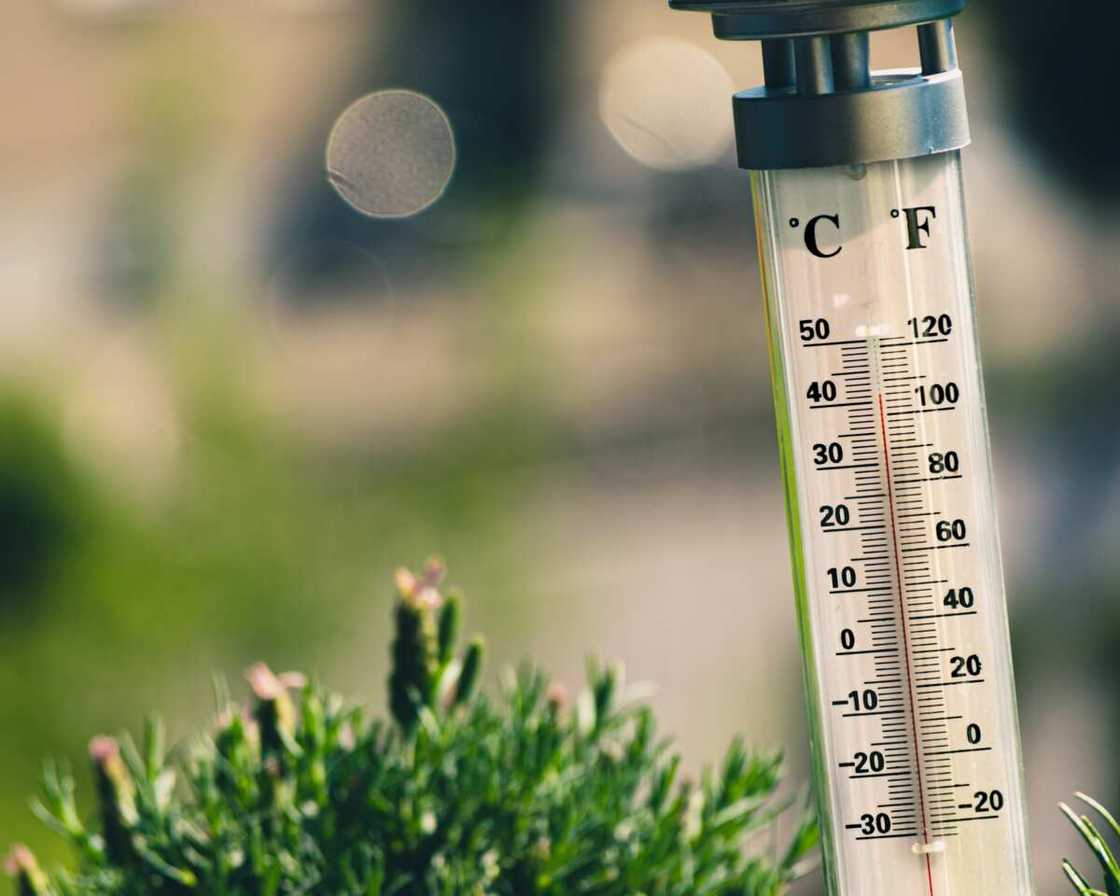
Source: UGC
Can you imagine what a world without the atmosphere would be like? It would be a hostile place to live in due to the cold climate or overly hot temperature.
The sun's heat and light fall on the earth’s atmosphere. Some of it is absorbed by the atmosphere, while the rest is reflected back. This ensures the earth is not overly hot during the day.
When the sun sets, the trapped heat in the atmosphere prevents the earth from extreme cooling. This process keeps the earth at the right temperature for humans, plants, and animals.
5. Pollination
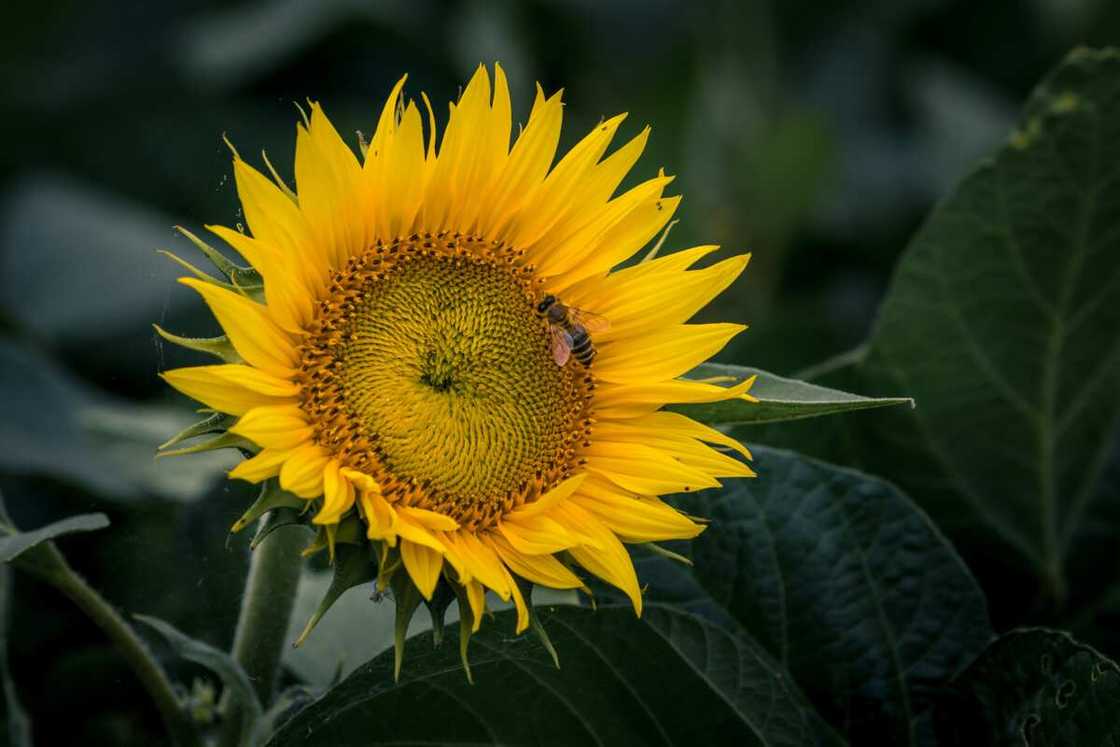
Source: UGC
The aim of every living organism, including plants, is to create the next generation. Pollination means the transfer of pollen grains from the male anther of a flower to the female stigma.
Pollination may occur in flowers growing on the same plant or between different plants of the same species. This process is facilitated by anemophily, which is the process in which air currents transport pollen from one point to another.
6. Energy supply

Source: UGC
Did you know the air is one of the top sources of renewable energy? Climate change and its aftermath have pushed scientists and environmentalists to look for sources of renewable energy.
Wind power systems are an eco-friendly energy option. However, they depend upon certain weather conditions to operate at full capacity. Wind turbines spin around to produce energy whenever time there is wind. Ways of storing excess wind power are being developed.
7. Sound conduction

Source: UGC
Air is a medium for conducting sound, so it plays a vital role in communication. Without it, we would not be able to hear anything. We would also be able to produce the sounds.
Air consists of molecules in constant motion, travelling randomly at a fast speed. These molecules collide with each other and with objects in contact with the air. As a result, any vibrating object will produce sound waves in the air.
8. Water cycle support

Source: UGC
The water cycle is the continuous water movement within the atmosphere and earth. Usually, liquid water evaporates into water vapour, condenses to form clouds, and precipitates back to earth in the form of rain or snow.
Air helps the movement of clouds towards the land. It also cools them to form rain.
9. UV ray protection

Source: UGC
The stratosphere is a layer of the earth's atmosphere between the troposphere and mesosphere. It contains a layer of ozone gas.
The ozone layer protects people, plants, and animals from the sun's harmful ultraviolet rays. Air also prevents excessive heat from the sun from reaching us. At night, it traps the surface heat and prevents it from escaping.
10. Moonsoon facilitation
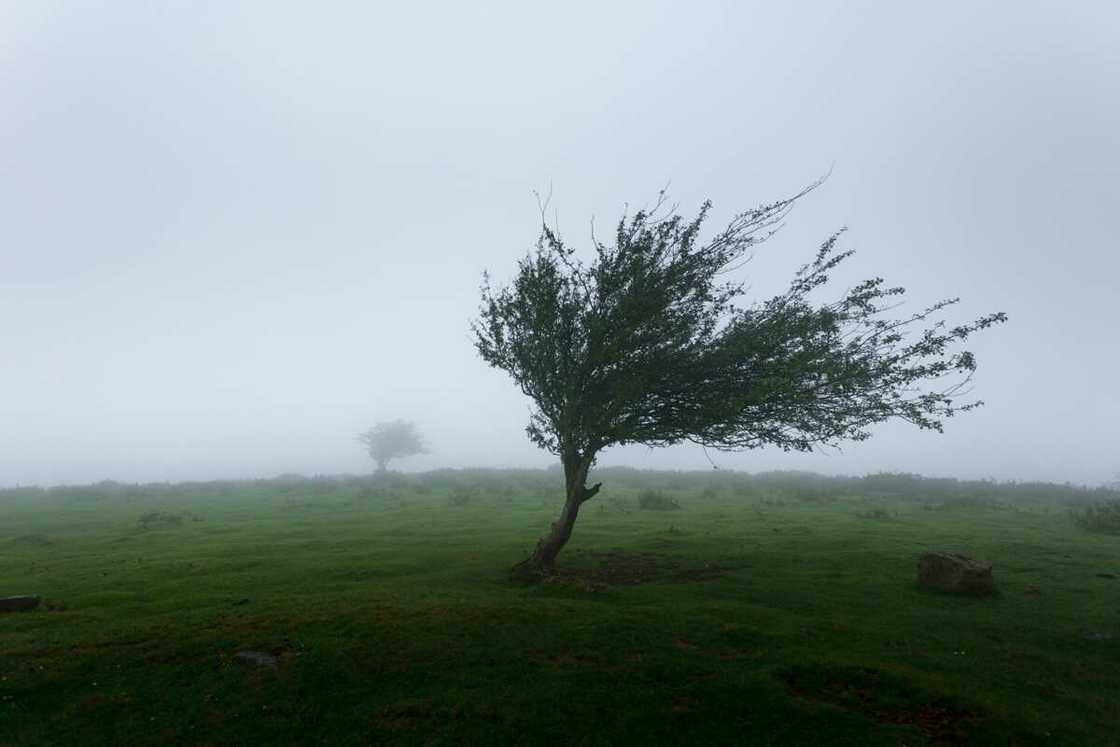
Source: UGC
Monsoon refers to the wind that carries heavy rains to various regions. It causes the seasonal wet or dry weather changes we witness in life. Lack of wind delays monsoons and rains, thus depleting the water levels.
11. Air transportation
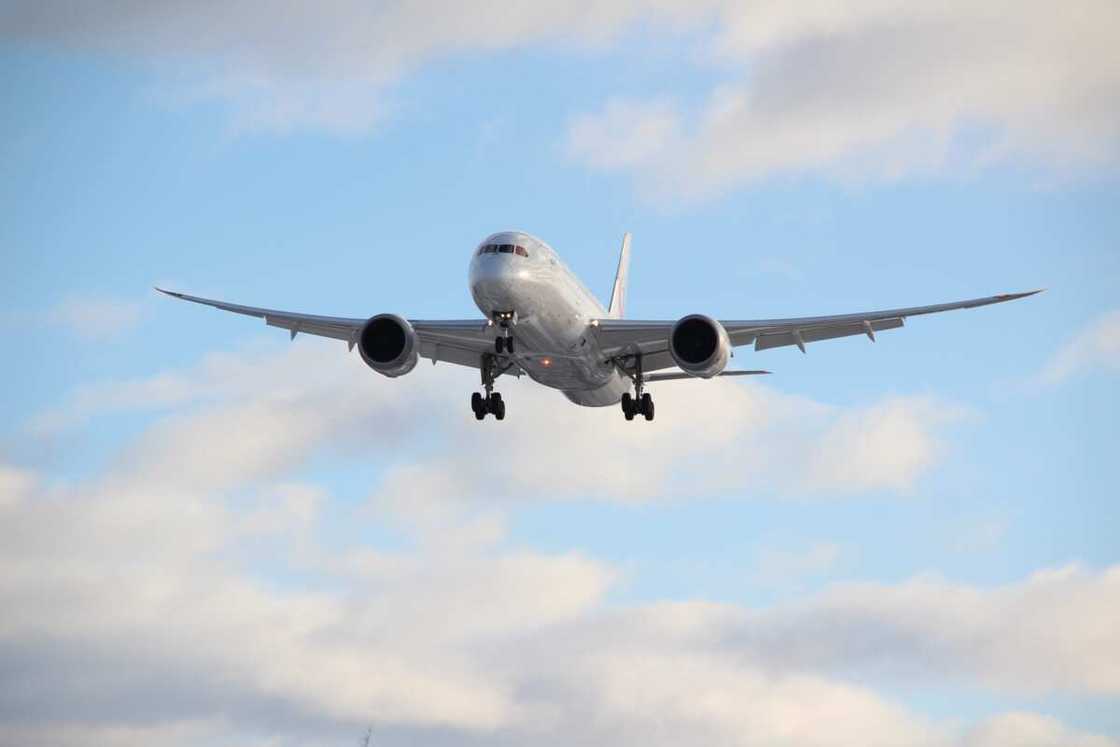
Source: UGC
Birds and insects depend on air to move from one point to another. In recent years, air transport by flights and helicopters has become common.
An aircraft only moves through the air and not other mediums. It is fast, convenient, reliable and fast because there is less friction.
12. Landing aerodynamics

Source: UGC
If the need arises, people use parachutes and hot air balloons to land from planes. These devices reach the land safely due to buoyancy and pressure of air upwards. The same aerodynamics also apply when planes are landing.
13. Humidity balance and drying

Source: UGC
The land gets wet when it rains and dries by heat and air. The air on an immediate wet surface is normally moist or humid.
During drying, the moist layers of air are replaced by less moist or dry layers. This cycle continues until the surface dries. This means that air helps in drying by the maintenance of humidity. This is how wet clothes and foods are dried.
14. Land transportation

Source: UGC
When automobiles were invented, they were fitted with tires with air-inflated tubes inside. Today, tubeless tires are used and are also inflated with air.
The air in tires reduces friction between the tire surface and the road. This enables the vehicle to move fast and minimises fuel consumption.
15. Minimising pollution
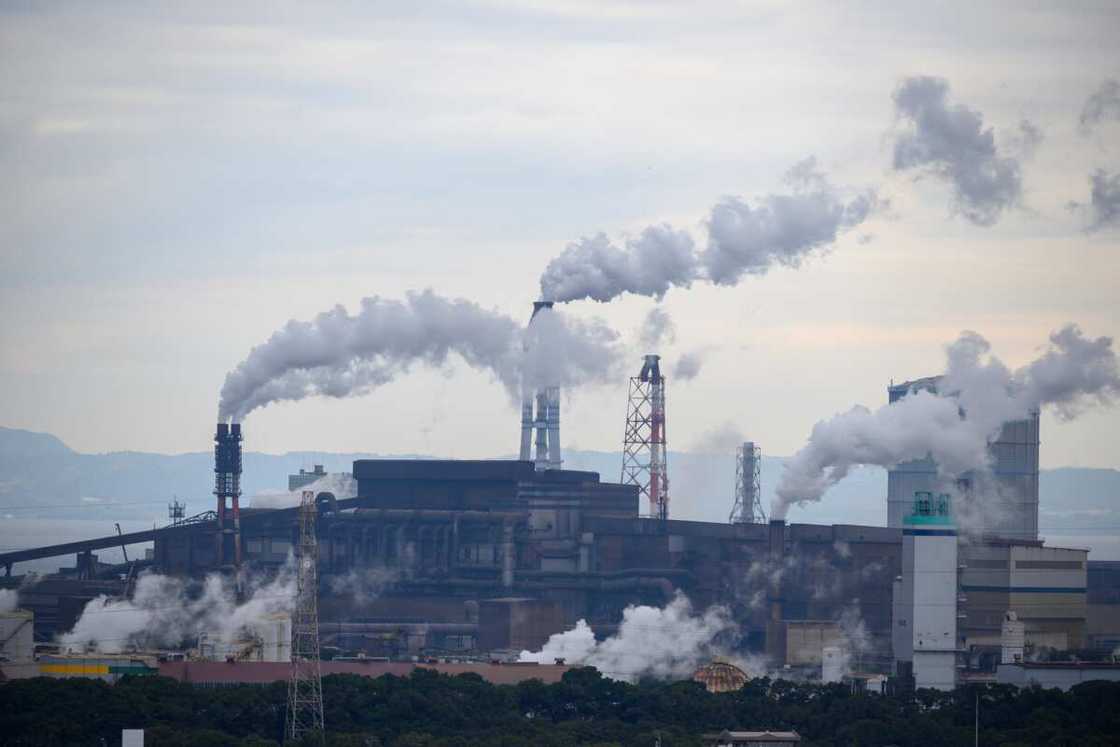
Source: UGC
Environmental pollution is one of the biggest challenges the modern person faces daily. Air helps to minimise air and sound pollution.
Without it, there would be a clogging of polluted gases in the atmosphere. Air blows and spreads the pollution to distant places, making our homes and workplaces conducive to live in.
16. Powering tools
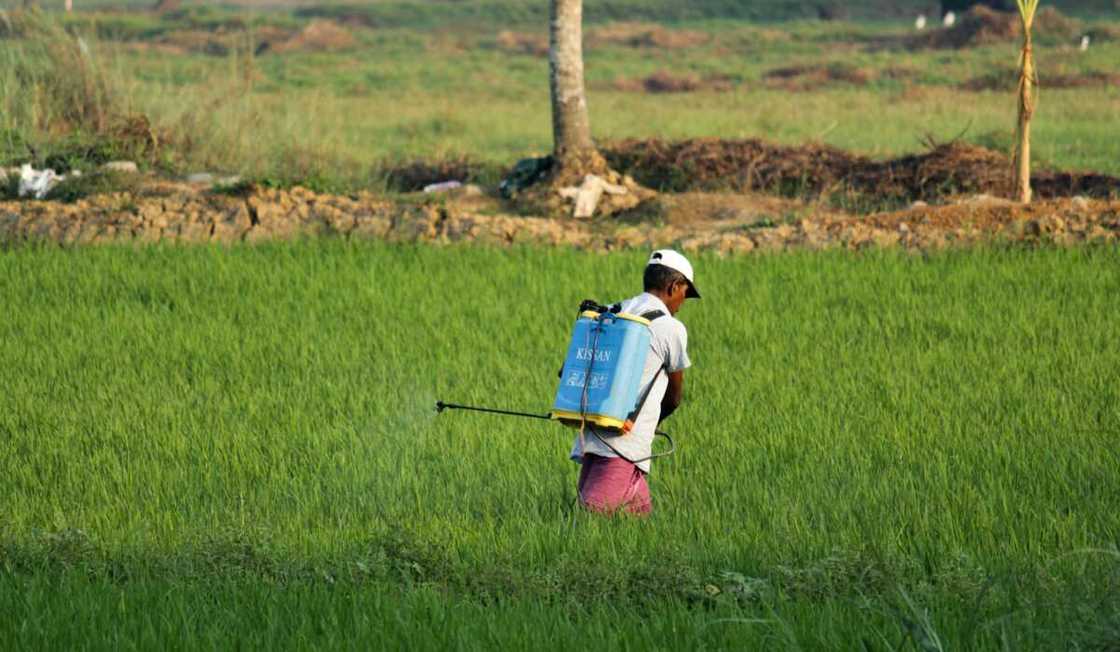
Source: UGC
Compressed air is a medium for the transfer of energy in industrial processes. It is used to power tools such as air hammers, drills, and wrenches. It is also used in spraying pesticides, spraypainting, and sterilisation using an autoclave.
What is the main use of air?
The main use is the sustenance of life and growth. Without air, human, plant, and animal life would not exist.
What is the importance of air?
Air is important for life and growth. It is also important for pollination, transportation, power generation, drying, monsoon, and temperature regulation on earth.
What are the 10 uses of air?
There are numerous uses of air on earth, as explored above. These include sustenance of life, energy generation, transportation, and protection from the sun's UV rays.
One of the primary uses of air is maintaining plant and animal life. Without it, we would not exist, and the earth would be lifeless.
Legit.ng recently published a list of 100+ things to do when bored for teens that are actually fun. Teens are quite active and are always searching for fun activities to do.
They are also eager to learn and explore the world. If not well-guided, they can engage in unpleasant or unlawful things. As a parent or guardian, you should consider having a list of fun things to do for your teens.
Source: Legit.ng

Regina Stets (Lifestyle writer) Regina has been working as a reporter since 2017. She has written numerous publications on various topics, including celebrities, lifestyle, news, and many more. In addition to writing, she is also an English teacher, translator and a volunteer. Her interests are art, psychology and travelling, and she believes in equal rights for everyone. reginastets@gmail.com

Cyprine Apindi (Lifestyle writer) Cyprine Apindi is a content creator and educator with over six years of experience. She holds a Diploma in Mass Communication and a Bachelor’s degree in Nutrition and Dietetics from Kenyatta University. Cyprine joined Briefly.co.za in mid-2021, covering multiple topics, including finance, entertainment, sports, and lifestyle. In 2023, she finished the AFP course on Digital Investigation Techniques. She received the 2023 Writer of the Year Award. In 2024, she completed the Google News Initiative course. Email: cyprineapindi@gmail.com





